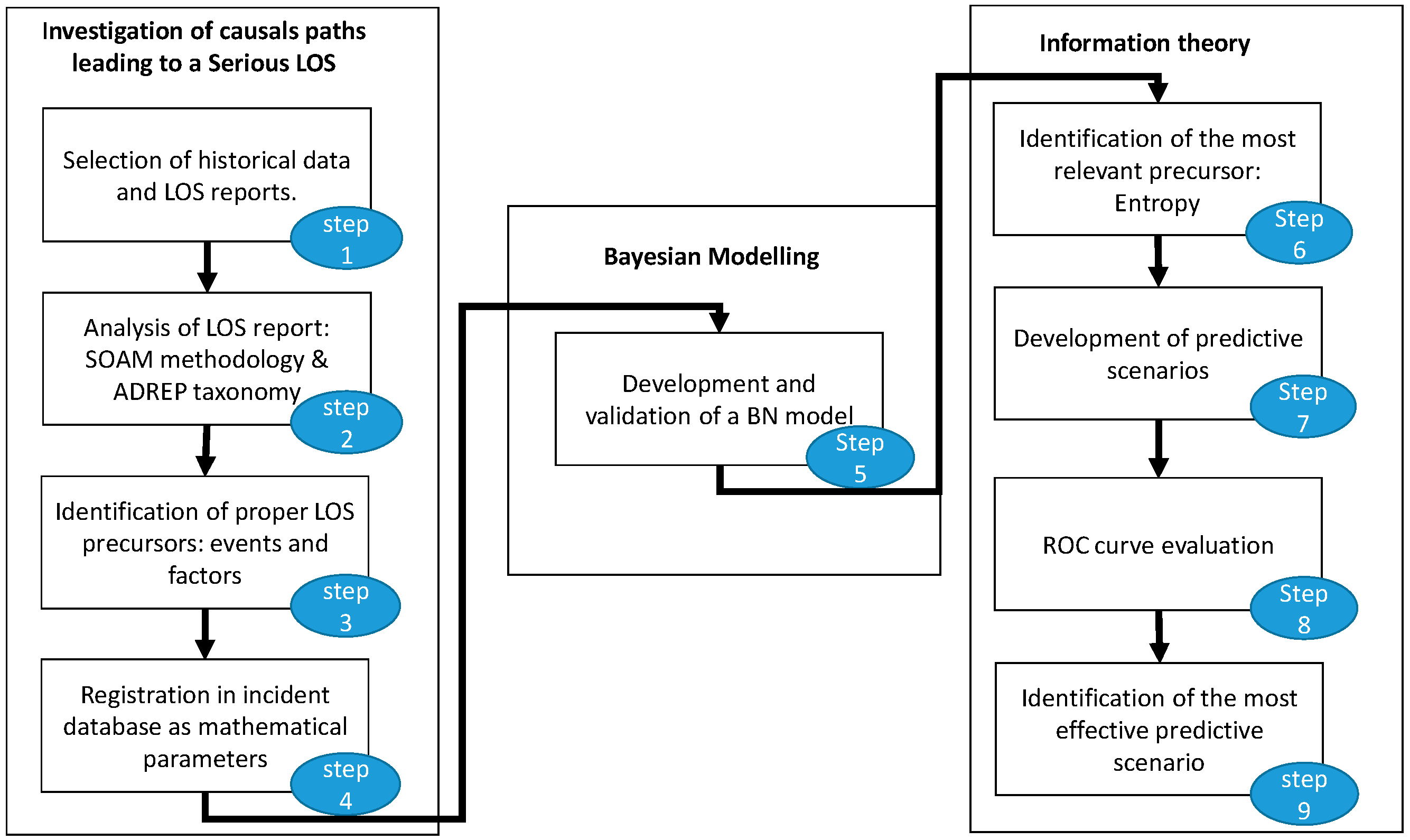Computer Science & IT
Coding & Algorithms Development
A Bayesian Approach in Internal Control Over Audit Reporting Quality
The internal auditor estimates the amount of error in routine accounting records by sampling and other procedures. These investigations cost money, and there is a risk that his conclusions may be wrong. This article shows how Bayesian theory can be used in planning and controlling the routine audit, and in interpreting audit findings. It suggests rules for choosing economic sample sizes in discovery sampling, and deciding whether to submit an unfavourable report on an accounting system when unexpected errors are found. It also discusses the use which the practitioner should make of any prior knowledge of a system which he may possess, and the impact of such knowledge on the frequency of audits.

Fig.1.Application of Bayesian Networks in Internal Audits
Internal control review assumes greater importance in the light of current economic downturn. Monitoring and assessment of internal controls across various functions is performed through continuous evaluations to ensure whether the implemented internal control system is effective as intended by the Board of Directors. The assessment facilitates identification of internal control deficiencies for further corrective actions.
Detective internal controls attempt to find problems within a company’s processes once they have occurred. They may be employed in accordance with many different goals, such as quality control, fraud prevention, and legal compliance. Here, the most important activity is reconciliation, used to compare data sets, and corrective action is taken if there are material differences. Other detective controls include external audits from accounting firms and internal audits of assets such as inventory.
